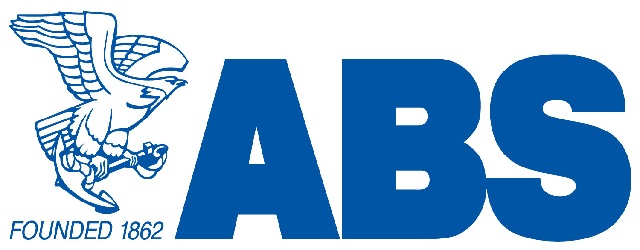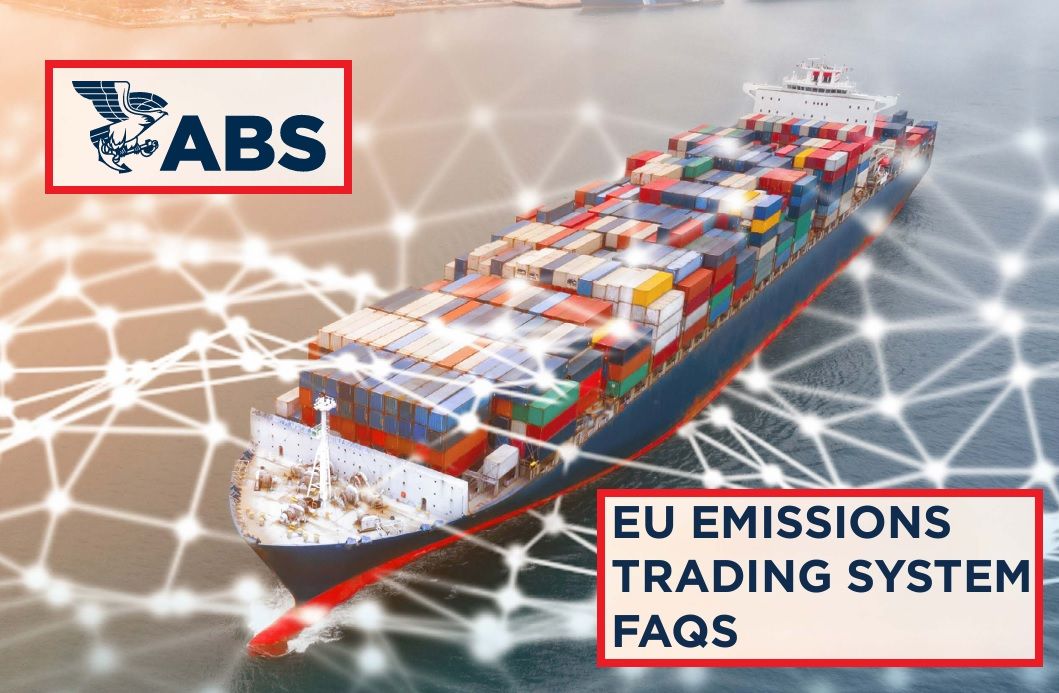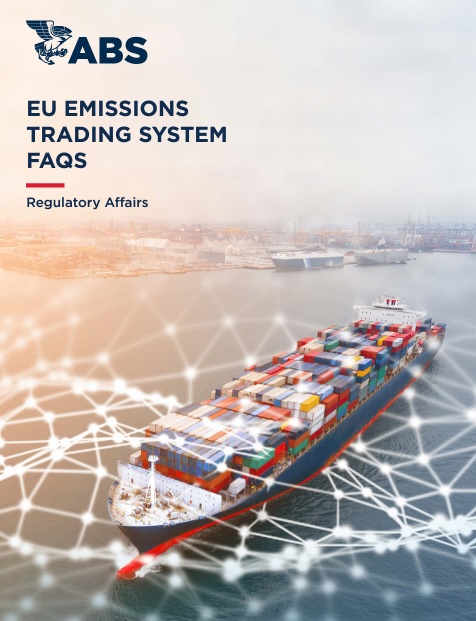
(www.MaritimeCyprus.com) At one time, shipping was easy. Fuel was selected based on cost, and fuel costs were passed on to the cargo owners. The maritime industry had little to worry about when it came to emissions. In today’s world, however, you must comply with ever-tightening regulations and ever-rising expectations from stakeholders, customers and partners.
In January 2024, the EU's Emissions Trading System (EU ETS) will be extended to cover CO2 emissions from all large ships (of 5,000 gross tonnage and above) entering EU ports, regardless of the flag they fly.
The system covers:
- 50% of emissions from voyages starting or ending outside of the EU (allowing the third country to decide on appropriate action for the remaining share of emissions);
- 100% of emissions that occur between two EU ports and when ships are within EU ports.
The EU ETS covers CO2 (carbon dioxide), CH4 (methane) and N2O (nitrous oxide) emissions, but the two latter only as from 2026.
Emissions from maritime transport are included in the overall ETS cap, which defines the maximum amount of greenhouse gases that can be emitted under the system. The cap is reduced over time to ensure that all ETS sectors contribute to the EU’s climate objectives. This will incentivise energy efficiency, low-carbon solutions, and reductions of the price difference between alternative fuels and traditional maritime fuels.
The system builds on the provisions in place for other EU ETS sectors, as well as the recently revised EU Monitoring, Reporting and Verification Regulation for maritime transport (‘MRV Maritime Regulation’).
In practice, shipping companies have to purchase and surrender (use) EU ETS emission allowances for each tonne of reported CO2 (or CO2 equivalent) emissions in the scope of the EU ETS system. It is the role of administering authorities of EU Member States to ensure compliance using similar rules as for the other ETS sectors.
To ensure a smooth transition, shipping companies only have to surrender allowances for a portion of their emissions during an initial phase-in period:
- 2025: for 40% of their emissions reported in 2024;
- 2026: for 70% of their emissions reported in 2025;
- 2027 onwards: for 100% of their reported emissions.
The shipping industry needs to manage and operationally control Carbon Intensity Indicator (CII) performance, paired with the accurate accounting of carbon emissions, to settle EU allowances (EUAs) and manage the impact from the EU Emissions Trading System (ETS) in the maritime supply chain.
As large portions of the maritime industry prepare to operate under this new regime of monitoring and reporting of emissions for the subsequent surrender of emissions allowances, many questions have formed on the responsibilities and required actions for all parties involved. ABS has produced the below downloadable FAQ document to assist shipowners and operators in this transition.
Download below the Frequently Asked Questions on the EU-ETS:
Source: ABS

For more info on EU Emissions Trading System, click HERE














